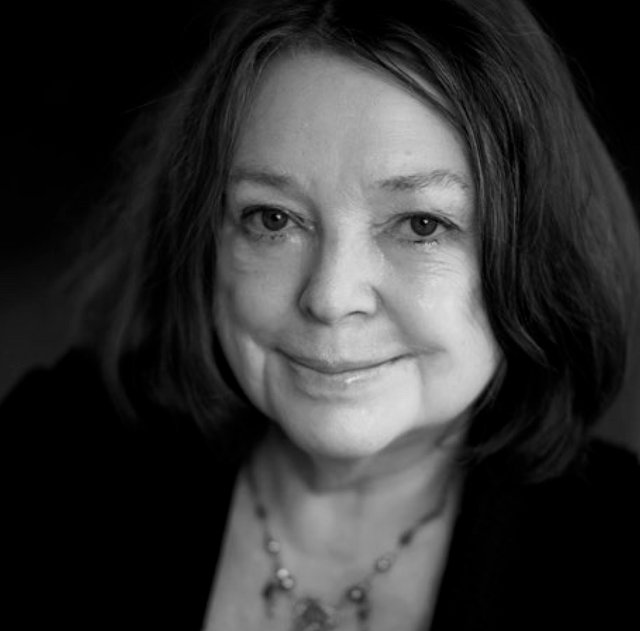Programmed for Love (Programmeret til kærlighed)
- Dorrit Willumsen (1940 - )
Introduction to:
Programmed for Love (Programmeret til kærlighed)
Published 1981, 111 pages
“Dorrit Willumsen writes the most intense lyrical prose in today’s Denmark … Programmed for Love is a disturbing and brilliant book. Beautiful and chilling”
(Birgitte Grue, Aktuelt, 1981)
Dorrit Willumsen’s novel Programmed for Love (1981) is a love story that is difficult to forget once you have entered the dark world of a society that is at once backward and advanced. Science and technology is flourishing and apparently well funded, and education and work opportunities are open to women. Social relations, however, are lacking to the point of dysfunction, especially in domestic quarters where ultra-traditional gender divisions are cultivated. Wife abuse is common and consequently wives are leaving their homes in droves. The author’s well-known aptitude for irony and black humour becomes apparent early in the novel when the authorities turn to technology in order to solve the “woman problem”: the creation of a female domestic robot that will satisfy men’s needs!
The locality could be Copenhagen, Dorrit Willumsen’s home turf, but the author chose a sci-fi mode of storytelling that eschews a realistic setting and situates the story in the future and at the same time in a recognisable 1970s society where
blackboards, public coin-operated telephones, portable cassette players and 8 mm film cameras are common devices. More importantly, the narrative points to mythic and archetypal structures and symbols that speak of human frailty and flaws: from ambition to loss and grief and of course love in its many forms. The myth of Orpheus and Eurydice is central as are the figures of the hubristic scientist and Pygmalion’s creation of the perfect, compliant woman. Ultimately, the enquiry concerns the meaning of the human soul – all ageold themes still relevant today with advanced AI technology, #MeToo and the growing industry of silicone sex dolls.
Dorrit Willumsen’s debut in 1965 with the short story collection The Hook coincides with the beginning of the second wave of feminism that produced a wealth of literature written by women in Denmark and abroad. Since then the grande dame of Danish literature has written more than 30 book publications and plays and received, among many prizes, the Danish Academy’s Grand Prize in Literature in 1981.
While lauded for her exploration of women’s issues, she is equally celebrated for her exquisite lyrical prose style that doesn’t shy away from experimental forms. A great admirer of the Danish early modernist writer, Herman Bang (1857-1912), she has developed her own modernist, impressionistic narrative mode that in Bang’s words (1890) “strives to give accounts of human emotions and inner life.”
Marina Allemano

AUTHOR:
Dorrit Willumsen (1940- )
BOOK:
Programmed for Love (Programmeret til kærlighed)
Pubished 1981
111 pages
TRANSLATED INTO:
German and Norwegian
FOREIGN RIGHTS:
Jenny Thor
Dorrit Willumsen
made her literary debut in 1965 with the short story collection “Knagen”. She is one of Danish literature’s
‘quiet lives’, living anonymously in a Danish village. After high school she worked for some years in an office and a laboratory. In 1963 she married Jess Ørnsbo, the Danish lyric poet and dramatist, and three years later made her own debut as an author. In her work, a perceptive representation of such quiet lives is revealed through fact and real substance, where people, like actors in the wings,
share an existence that has turned its back on them. She was awarded the Danish Critics Prize for Literature in 1983, the Søren Gyldendal Prize in 1995, the Nordic Council’s Literature Prize for the novel “Bang. En roman om Herman Bang” in 1997 and the Holberg Medal in 2015.